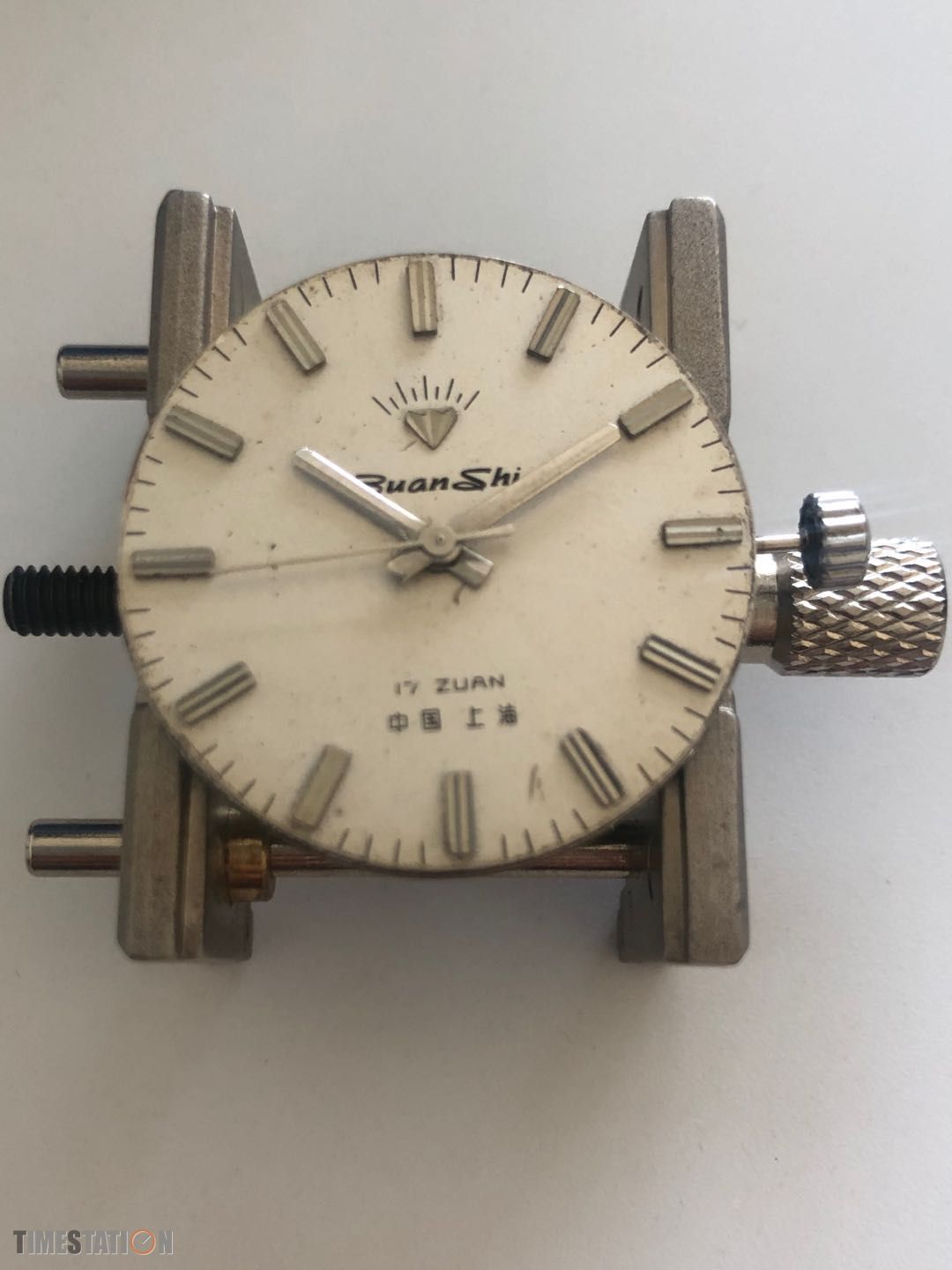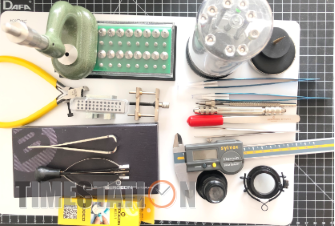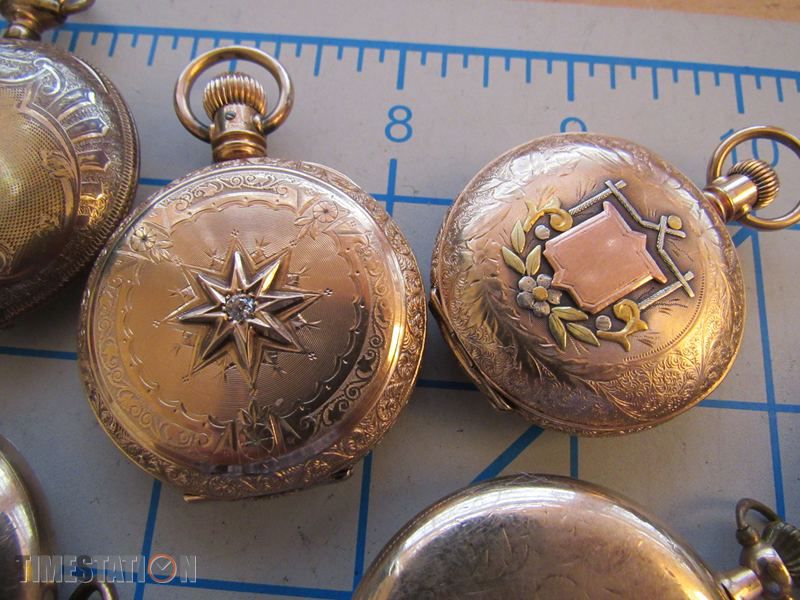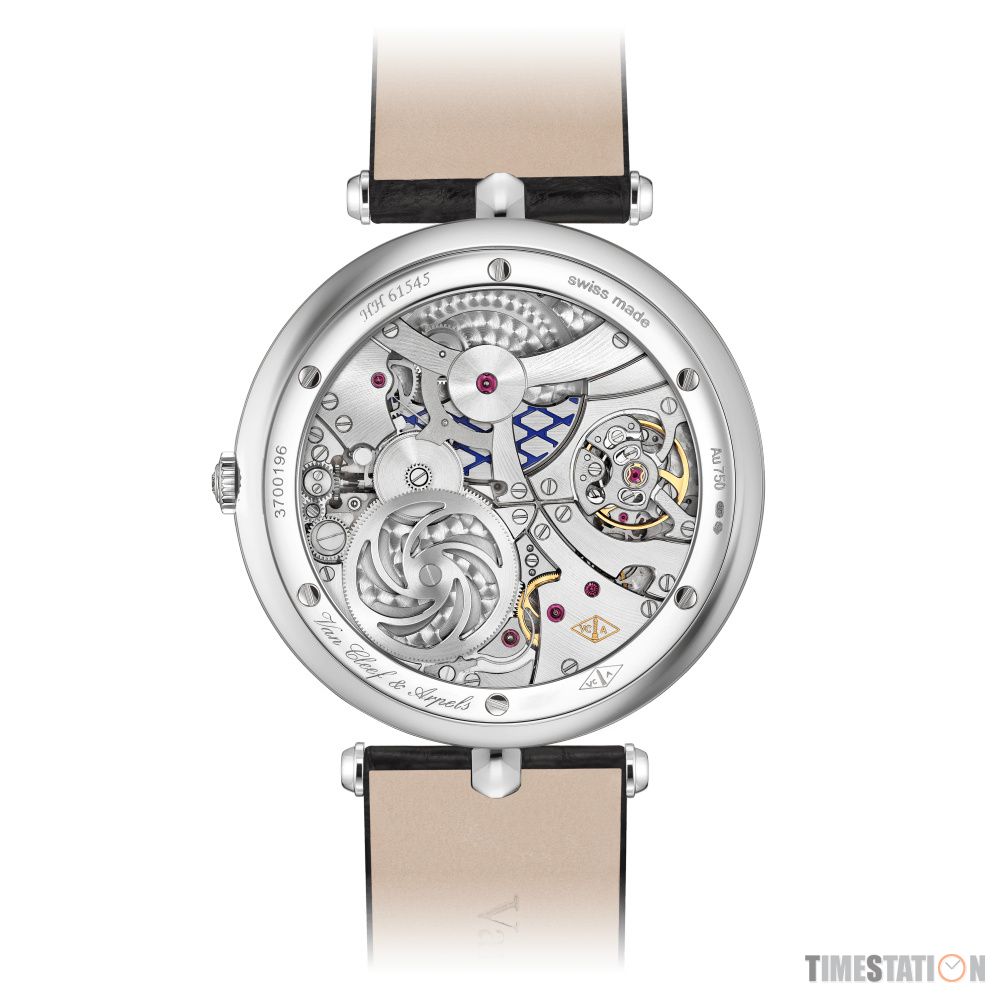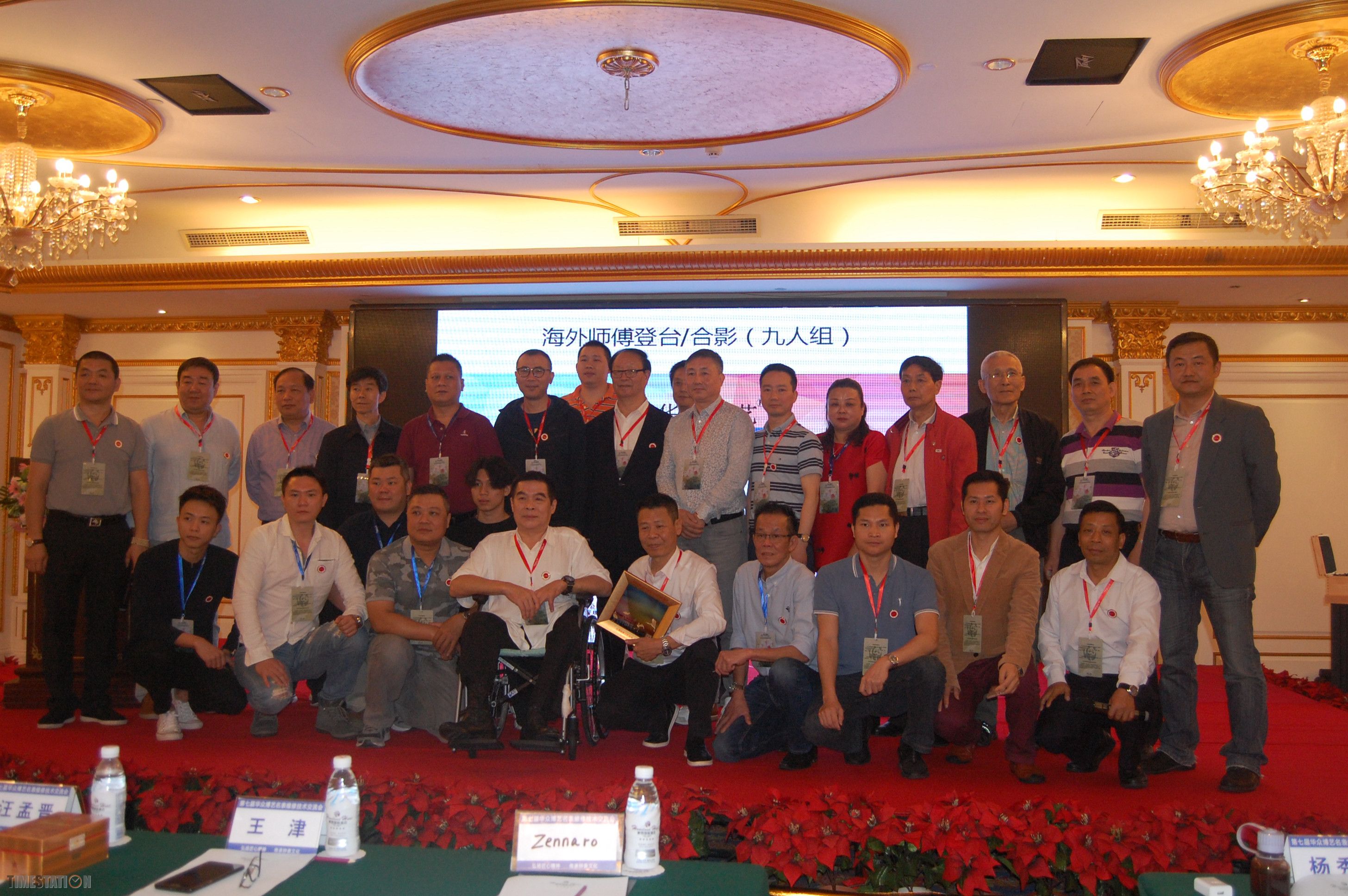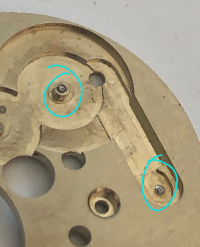|
|
ABRAHAM-LOUIS PERRELET
in perpetual movement
Who would have imagined on 9 January 1729 that this little
boy who had just arrived in this world in the mountains of
the Neuchâtel region, was destined to become a master in
his field? More than two centuries later he’s a respected and
much admired personality, and the historians are still paying
homage to this great man.
Gifted with exceptional talents, he was one of those admirable
inventors, endowed with a human quality and humility,
which were enhanced with intelligence, genius, know-how
and passion.
It was at the family farm in Le Locle, under the attentive eye
of Abraham-Louis, that during the long winter days, Daniel
Perrelet, his farmer and carpenter father, manufactured
some extremely refined tools for the watchmakers of the
region,. Thus under the influence of this enterprising father,
he was introduced at a very early age to little jobs, such as
the filing down of saws and the making of small bellows.
He quickly became extremely interested in these watchmaking
trades, which kept on developing at the beginning of
the century. With the approach of manhood, he decided to
go into them on a full-time basis, already aware that his life
was going to very much involved with what he was producing.
His ingenuity overcame all obstacles. In the face of a
lack of inadequate tooling, he set about producing a certain
number of precision instruments. He is notably credited
with inventing the driving-in tool and the machine for filing
cogs. Finally he got round to the heart of his main objective
– or rather of his very soul: the watch movement.
Could one conceive a mechanism which, from one single
initial impulse, would continue to function indefinitely? This
was the question that occupied the mind of our inventor.
This problem had no solution: the laws of modern physics
had swept aside this old dream once and for all. Nevertheless,
Abraham-Louis Perrelet was the craftsman who came
closest to the impossible solution.
From that moment, Abraham-Louis Perrelet devoted most
of his efforts to devising a system that would replace the
task of winding one’s watch every day. He kept on innovating,
and applying his intelligence, imagination and clearsightedness
and he completed a series of new techniques
destined to improve the running of timekeepers.
Around 1770, he embarked on finding an absolutely simple
yet effective solution to wind a watch that was, unbeknown
to him at the time, going revolutionize the world of watch
making. He was the first to develop a rotating, oscillating
weight (the so-called “rotor”) mounted on the movement
that follows the movements of the wearer and thus serves
to wind the mainspring of the movement. This trailblazing
invention was officially recognized in 1777.
Harnessing the natural energy of the wearer brought
Abraham
Louis to his next invention. In 1780, he created
the first pedometer, measuring the steps and distance while
walking. He also became the first to manufacture a watch
with an escapement, a cylinder escapement, a duplex
escapement,
à calendar escapement and an equation
escapement.
He further fine-tuned the finishing, improved
the pinions, the wheels, the escapement and the winding
mechanism.
His reputation grew and soon he was being consulted for
his opinion by people everywhere. Abraham-Louis Perrelet
never ceased to be amazed. His skill and extraordinary manual
dexterity did not diminish with age. As evidence, the
International Watchmaking Museum of La Chaux-de-Fonds
has, what is without doubt, one of the very last pieces made
by this genial craftsman, when he was 96 years old.
Indefatigable pioneer, Abraham-Louis Perrelet remained
firmly attached to his origins. He lived his whole life at the
family home in Le Locle. He died there in 1826, having
worked almost 80 years developing watchmaking technology.
This precursor is one of those whose heritage will never
disappear. |
|
